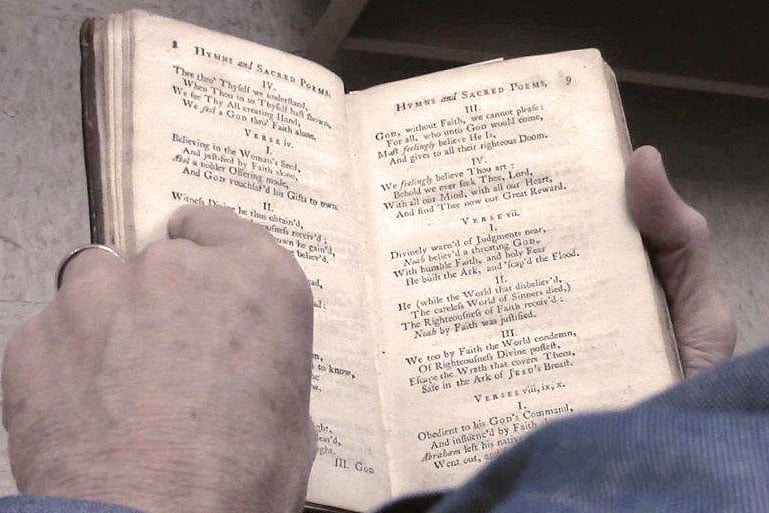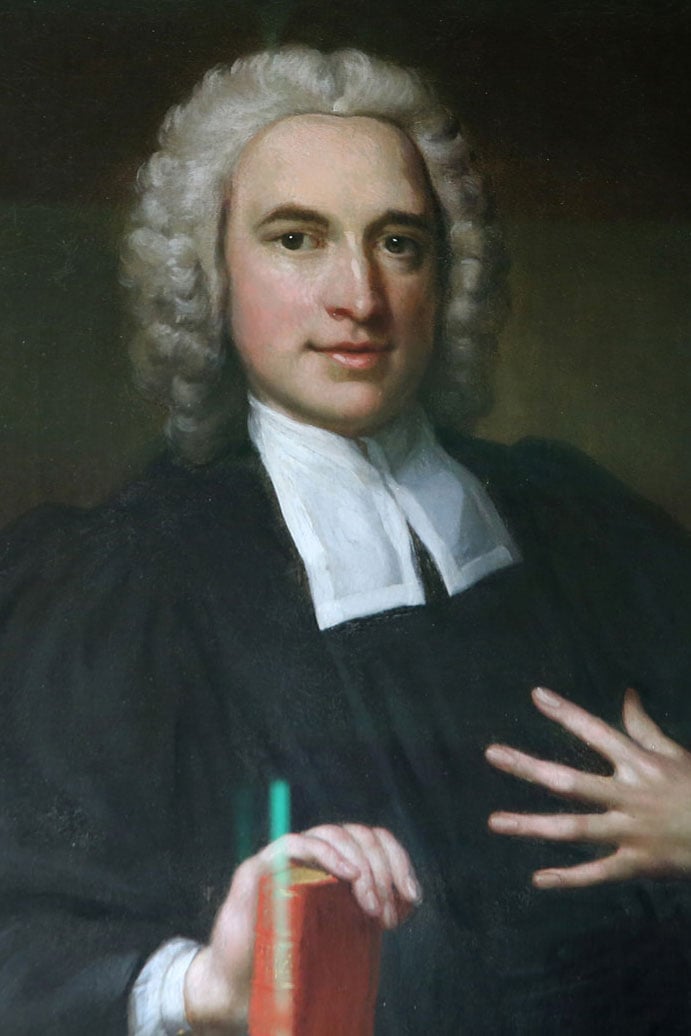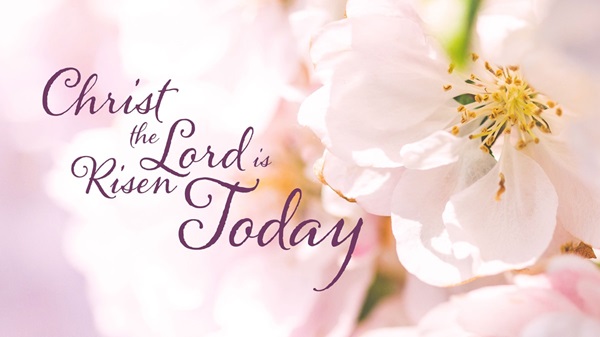This is the fourth of four hymn devotions for Lent and Easter. Read more musical devotions.
Many churches of all denominations begin worship on Easter Sunday by singing “Christ the Lord is Risen Today.” Charles Wesley’s lyrics wonderfully celebrate how Jesus’ resurrection is God’s victory over death, and call us to tell the world.
A little history
Charles and John Wesley, two of the historic founders of The United Methodist Church, published the beloved hymn in their first hymnal, Hymns and Sacred Poems in 1739. A section toward the back of the hymnal includes songs for special days where “Hymn for Christmas-Day,” which we know as “Hark! the Herald Angels Sing,” is just a few pages away from “Hymn for Easter-Day” that we sing as “Christ the Lord Is Risen Today.”
For those who know our United Methodist Hymnal well, reading the words Wesley penned can feel incomplete. The alleluias we are used to singing at the end of each line aren’t there. A later editor added them to make the lyrics fit the tune and to give added opportunities for praise.
Entering the story
Wesley writes about the Resurrection in the present tense, inviting us into the biblical narrative. As we sing, we easily picture ourselves standing among the witnesses of the empty tomb on that first Easter morning.
“Christ the Lord is ris’n to day,”
Sons of men and angels say,
Raise your joys and triumphs high,
Sing ye heav’ns, and earth reply.
Participating in this moment, we are also aware of the magnitude of the Resurrection. In this opening verse, Wesley introduces a theme that runs through the hymn. The Resurrection is celebrated both on earth and in heaven.
Our United Methodist Hymnal includes an edit to the second line. “Earth and heaven in chorus say” replaces “Sons of men and angels say.” According to United Methodist Discipleship Ministries, this change updates Wesley’s language to be gender inclusive and emphasizes the Resurrection’s impact throughout the world and beyond.
“The entire universe sings the triumphant chorus,” writes United Methodist scholar the Rev. Paul Chilcote in The Song Forever New: Lent and Easter with Charles Wesley, “with earth and heaven shouting their praise back and forth in ecstatic joy.”
Life in the midst of death
Earth and heaven sing because in the Resurrection we know death is not the final word. Wesley writes,
Love’s redeeming work is done,
Fought the fight, the battle won…Lives again our glorious King,
Where, O death, is now thy sting?
In a podcast interview for UMC.org’s Get Your Spirit in Shape, Chilcote says, “Death seems to be a final word in the life of every human being. Seems to be, I say, a final word, because it isn’t,” he continues. “The final word is life, not death. The final word is resurrection. The final word is eternal life with God who loves us.”

Wesley calls us to live into eternal life every day,
Soar we now, where Christ has led?
Following our exalted head,
Made like him, like him we rise,
Ours the cross—the grave—the skies!
In a later verse, not published in our United Methodist Hymnal, he reiterates our call to follow Christ more closely each day:
Ris’n with him, we upward move,
Still we seek the things above,
Still pursue, and kiss the Son
Seated on his Father’s throne;
Life still to come
In the final three of Wesley’s 11 verses, the hymn’s focus shifts to our hope of a day of resurrection yet to come. Wesley returns to the theme of earth and heaven singing praise on that day:
Hail the Lord of earth and heav’n!
Praise to thee by both be giv’n:
Thee we greet triumphant now;
Hail the resurrection thou!
Jesus is the resurrection who brings new life to all of creation, and will bring it to completion.

We receive new life in Christ by God’s grace and are to share God's love with the world. We do this by joining the song with our voices and lives.
King of Glory, soul of bliss,
Everlasting life is this,
Thee to know, thy pow’r to prove,
Thus to sing, and thus to love!
Living Easter every day
“We experience so many little deaths, don’t we, in our lives?” Chilcote asks in the podcast interview. Some are literal deaths like the loss of a loved one, but we also experience other griefs. Relationships end. Jobs are lost. “Christ the Lord Is Risen Today” proclaims that Jesus has conquered all those deaths.
“The central message of our faith,” Chilcote concludes, “is the Cross and the Resurrection. Its earliest proclamation of a God who is in the business of raising us from the dead. Oh, if that isn’t good news, I don’t know what good news is.”
When we gather for worship on Easter Sunday and sing “Christ the Lord Is Risen Today,” we celebrate Jesus’ resurrection, God's good news that life conquers death. As his disciples in the world today, we must raise our joys and triumphs high to invite others to join us in this new way of living.
Sources
Chilcote, Paul Wesley. The Song Forever New: Lent and Easter with Charles Wesley. New York: Morehouse, 2009.
Wesley, Charles. “Hymn for Easter-Day.” Hymns and Sacred Poems. London: Strahan, 1739. p. 209-211. Accessed through The Center for Studies in the Wesleyan Tradition, Duke Divinity School.
Read Charles Wesley's original text here.
Joe Iovino works for UMC.org at United Methodist Communications. Contact him by email.
This story first posted on April 10, 2017.





